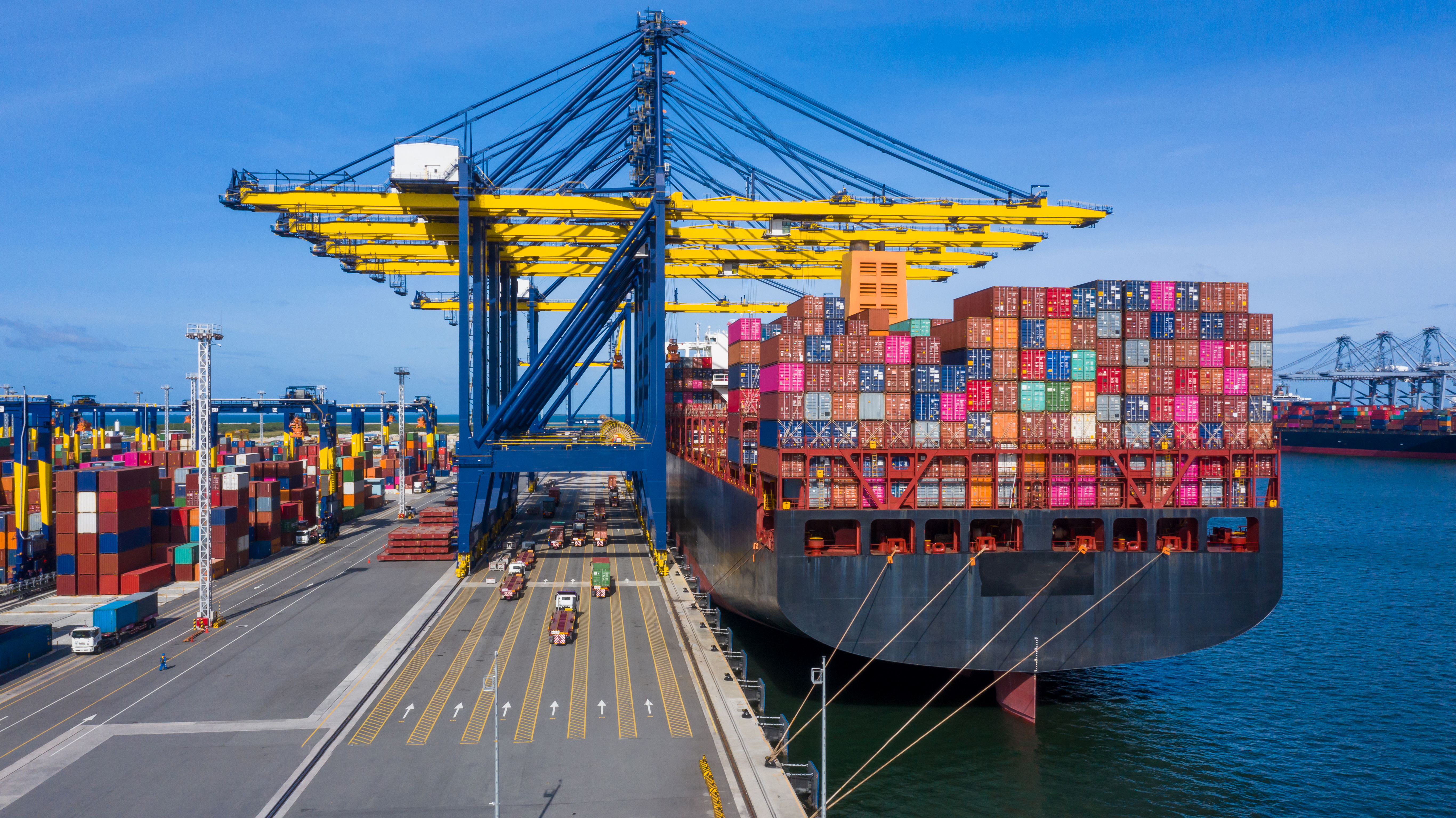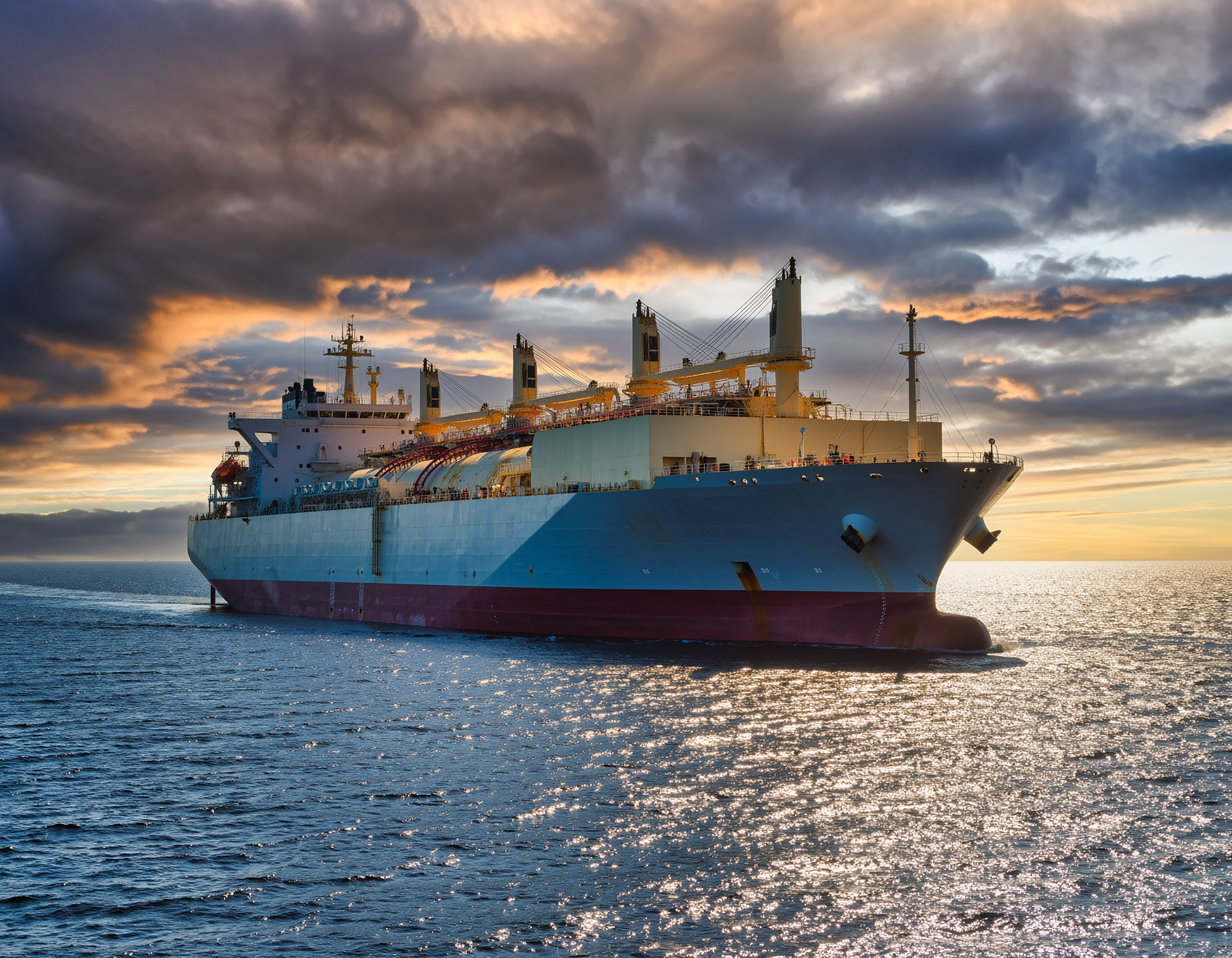Inside Straits Bio LNG’s mission, with insights from Yiyong He
Earlier this year, Ansuman engaged in a comprehensive discussion with Yiyong He (Yiyong), Founder/Director of Straits Bio LNG, to explore the topic of Bio-LNG. Over an in-depth conversation, Ansuman learned how Straits Bio LNG is harnessing Southeast Asia’s abundant palm oil mill waste to produce carbon-negative liquid biomethane. They also delved into the operational and commercial challenges of bringing it to market, as well as the potential role it could play in helping the global fleet meet stringent International Maritime Organization (IMO) greenhouse gas targets.
The shipping industry is under mounting pressure to decarbonise. Among the various options available, such as bio-fuels, e-fuels, methanol, and ammonia, one option stands out for its immediacy and compatibility with current LNG infrastructure: Liquid biomethane (LBM), also known as Bio-LNG.
Straits Bio LNG, is at the forefront of this movement in Southeast Asia. Founded to bridge a critical gap in the regional energy value chain, the company procures or produces compressed biomethane (CBM) sourcing from liquid and solid waste palm oil production, naming palm oil mill effluent (POME), empty fruit bunch (EFB) or even oil palm trunk (OPT) into carbon-negative bunker fuel. Southeast Asia has vast reserves of this feedstock, much of it left uncovered in open ponds, releasing large volumes of methane into the atmosphere. At the same time, LNG-fuelled ships are looking for greener fuel options, but until recently there was no link between these two opportunities.
Yiyong He explains further:
“When we looked at the market, LNG was clearly the best hydrocarbon carrier. In Southeast Asia and West Malaysia, there’s abundant palm waste to produce biogas, and there’s shipping demand for low-carbon LNG. Liquefaction and marine terminal infrastructure were the missing link.
The company’s process is simple but transformative. Straits Bio LNG purchases compressed biomethane (CBM) from biogas/CBM producers, purifies it to over 99% methane, liquefies it, and exports it for use in power generation and as marine bunker fuel. Unlike fossil LNG, Bio-LNG has no link to oil and gas production. It is derived entirely from waste and, unlike biodiesel, does not compete with edible crops.”
Methane Math
Yiyong promptly brings attention to an often overlooked dimension of the methane discussion - the substantial methane emissions from the palm oil waste product.
“In 2024, about 2.6 million tonnes of LNG was consumed as bunker by LNG-fuelled commercial ships. If you take the average methane slip rate of 2%, that’s roughly 52,000 tonnes per year. But uncovered POME ponds in Malaysia and Indonesia release over two million tonnes of methane annually. If we capture that and turn it into Bio-LNG, the climate benefit is an order of magnitude greater than just optimising ship engines.”
The challenges of sourcing and processing Bio-LNG
Sourcing and processing Bio-LNG come with different challenges than fossil LNG. Natural gas fields deliver consistent supply, but biogas is a waste stream, meaning feedstock ownership and quality can vary.
Yiyong says:
“In some developing countries the owners of the feedstock are smallholders or farmers who can be difficult to deal with. Fortunately, palm oil milling industry in Malaysia is a well organised corporate business centred around long term contracts, where the interest of the feedstock owner and the biogas or CBM developer are aligned . That lessens the burden compared to managing other feedstocks in developing countries.
Straits Bio LNG’s customer base currently includes power plants seeking to green their supply and shipping companies willing to pay a modest premium for low-carbon fuels. That premium is set to grow under MEPC 83. Bio-LNG is the “lowest hanging fruit” in marine decarbonisation and scalable now, with European production already at one million tonnes per year and Southeast Asia’s potential estimated at three million tonnes at affordable prices.”
Other alternative fuels face more significant challenges
By comparison, other alternative fuels face more significant challenges. Biomethanol, for instance, is far more expensive, while green ammonia struggles with issues related to safety, cost, and scale. E-methanol and e-LNG require vast renewable power and present logistical difficulties, whereas liquefied green hydrogen suffers from extreme boil-off rates and poor energy density.
To ensure credibility in carbon accounting, Straits Bio LNG will engage independent auditors, such as Bureau Veritas to certify its supply chain from waste origin to liquefaction. Growth plans are focused squarely on expanding production capacity, demand already exceeds supply.
Yiyong confirms:
“Straits exclusively uses 100% physical liquefied biomethane (LBM), in contrast to the “mass balanced bio-LNG” approach commonly adopted in the EU. The EU model benefits from harmonised pipeline specifications and a unified legal framework, which makes it easier to monitor the chain of custody”.
Pricing will remain competitive compared to other green fuels. Bio-LNG is expected to cost around 2.5 times fossil LNG, but far less than biomethanol. The company prefers long-term contracts of 10 years or more, providing stability for both producer and buyer.
Operationally, Bio-LNG serves as a direct substitute for fossil LNG in marine engines. This means that it can be used without requiring any modifications for LNG fuelled vessels ensuring a seamless transition while maintaining efficiency and performance, as Yiyong explains:
“There are no modifications required, making it an attractive option for shipowners seeking to decarbonise without capital-intensive retrofits.”
The world’s busiest bunkering corridor
Bunkering strategy is tightly focused on the Strait of Malacca and Singapore, the world’s busiest bunkering corridor. Offshore ship-to-ship transfers are avoided due to high boil-off gas losses and the environmental cost of flaring or venting.
Straits Bio LNG’s momentum is drawing attention. While the company has backing from major players in shipping and LNG. Growth will require industry-wide engagement
Yiyong is clear in his appeal:
“We welcome approaches from shipowners who want to help us scale up.”
A credible pathway to meet IMO 2030 and 2050 targets
From many industry perspectives, Bio-LNG offers a rare combination of scalability, operational readiness, and fair emissions reduction potential. For shipowners, it represents a credible pathway to meet IMO 2030 and 2050 targets without the operational disruption of adopting entirely new fuel systems.
Yiyong’s vision is clear and the message is simple:
“The technology and market are already in place. We need to catch the train. In the race to decarbonise shipping, that train is leaving the station and Bio-LNG may well be one of the fastest, most practical tickets on-board.”
This is UK P&I Club, one of the world’s leading marine insurers. Want to know more about alternative fuels and how they can help shipowners meet IMO decarbonization targets and upcoming fuel regulations? Check out the UK P&I Club’s website and for more details on bio-LNG see: https://sea-lng.org/reports/new-independent-study-confirms-bio-lngs-role-in-shippings-decarbonisation/




![The Solomon Trader [2025] EWCA Civ 1387: The ‘pay to be paid’ rule affirmed in the Court of Appeal](/fileadmin/uploads/ukpandi/News_Images/AdobeStock_104743067.jpeg)
